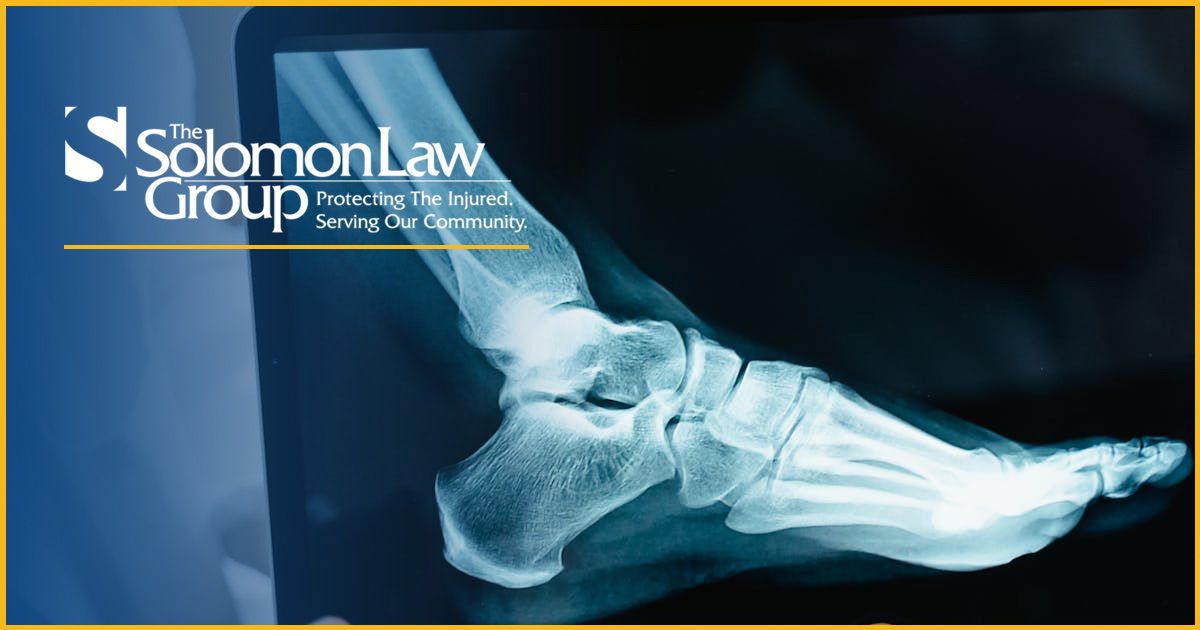Personal injury claims often involve more than one party who may share responsibility for an accident.
When multiple parties contribute to an injury, the legal principle of joint liability comes into play.
If you’ve been injured, understanding how joint liability works and its impact on personal injury claims can make it easier to navigate the legal process and seek appropriate compensation. The experienced legal professionals at The Solomon Law Group, LLC, can help.
What Is Joint Liability?
Joint liability occurs when two or more parties are held legally responsible for causing injury or harm.
In personal injury cases, this typically means that each of the defendants can be held responsible for the full amount of any awarded damages, regardless of their percentage of fault. This approach ensures that the injured party receives full compensation, even if one of the responsible parties cannot pay their share.
The legal foundation for joint liability rests on the idea that defendants acted together or contributed to the injury in a way that makes them all responsible.
Courts often apply this concept when cases involve car accidents, defective products, or hazardous property conditions, and multiple people or entities played a role in the harm.
The Impact of Joint Liability on Compensation
Joint liability often benefits plaintiffs by simplifying the process of recovering damages.
Instead of trying to pursue partial payments from multiple defendants, you can collect the full amount from any one of them. This is especially useful when one defendant doesn’t have sufficient assets or enough insurance coverage for their share of the damages.
However, joint liability can often lead to disagreements among the multiple defendants. The one who has to cover the full amount of the damages may sue the other defendants for reimbursement through a process called contribution. Courts will typically deal with these disputes separately, ensuring that the injured party is not delayed in receiving compensation.
In cases where the comparative negligence rule applies, courts may reduce the plaintiff’s compensation based on their percentage of fault. In other words, if you (the plaintiff) are found to be 20% at fault for the incident, your total award can be reduced by that percentage.
In cases of joint liability, this compensation reduction makes sure that penalties are fairly distributed when the actions of the plaintiff also contributed to their injury.
Situations Where Joint Liability May Apply
Often, joint liability occurs when multiple parties share responsibility for unsafe conditions or negligent actions. Car accidents that involve multiple drivers, construction site injuries caused by more than one contractor, and negligent product cases that implicate both manufacturers and distributors are all common examples.
In premises liability cases, property owners, maintenance companies, and tenants may all share responsibility for dangerous conditions. Likewise, when it comes to medical malpractice cases, the hospital, healthcare professional, or even the manufacturer of a medical device may all face joint liability if it were their combined actions that led to your harm.
Legal Challenges in Joint Liability Cases
While joint liability simplifies compensation for plaintiffs, it can make legal proceedings much more complicated.
Defendants often dispute their share of fault, requiring detailed investigations and expert testimony to establish liability. Courts may need to examine contracts, maintenance records, or product designs to determine how responsibility should be allocated.
Defendants may also argue for indemnity, by blaming the harm entirely to another party. A property owner, for instance, may argue that it was a contractor’s negligence that caused the hazardous condition, claiming that the contractor is solely responsible for damages. These tactics can greatly prolong the length of a case and typically require experienced legal representation to resolve.
Protecting Your Rights in Joint Liability Claims
As the injured party, you must take proactive steps to protect your rights in cases of joint liability.
By seeking immediate medical attention, documenting the scene of the incident, and gathering witness statements you can be proactive in strengthening your claim.
Legal representation is often critical, as attorneys can identify all potentially liable parties, negotiate with insurers, and build a strong case for compensation.
Providing detailed evidence about your role in the incident and cooperating with investigations can help minimize your percentage of liability. A qualified lawyer can help you negotiate settlements and pursue contribution claims against co-defendants if necessary.
Joint liability plays a significant role in personal injury claims by ensuring that injured parties receive compensation even when multiple defendants are involved. At The Solomon Law Group, LLC, we understand how this approach benefits plaintiffs by simplifying recovery and preparing them for the legal process.
With the right legal support, injured parties can pursue fair compensation, and defendants can protect their interests in multi-party claims.
If you’re seeking recovery, addressing these legal issues early can lead to more successful resolutions, and we can help.












